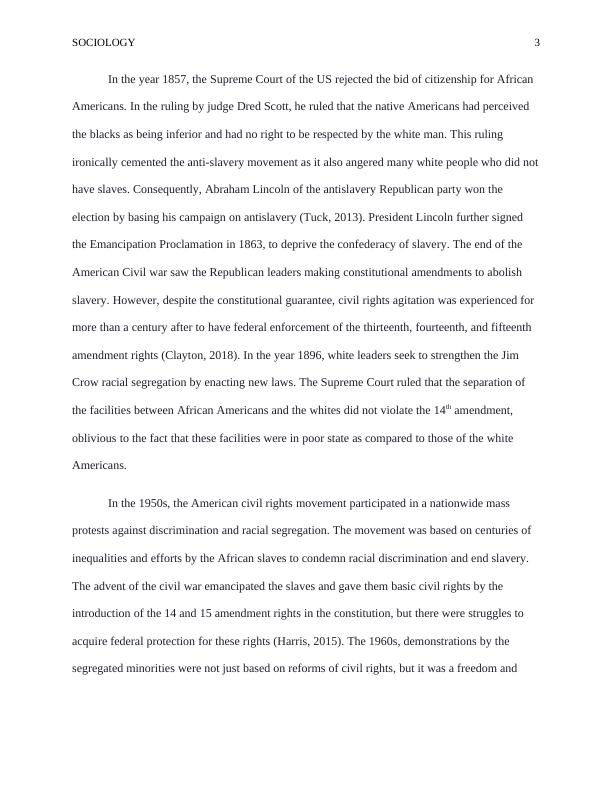Civil Rights-How Far Have We Come?
8 Pages1896 Words446 Views
Added on 2022-10-02
About This Document
This article discusses the progress made in the fight for civil rights in America, with a focus on the African American community. It highlights the challenges that still exist in areas such as housing, education, and politics.
Civil Rights-How Far Have We Come?
Added on 2022-10-02
ShareRelated Documents
End of preview
Want to access all the pages? Upload your documents or become a member.
Biography of Martin Luther King Junior
|5
|1026
|308
Critical Analysis: Our God is Marching On
|4
|828
|451
Comparison of Political Views: George Wallace vs Martin Luther King Jr.
|7
|1897
|52
Analysis of Martin Luther King Jr's Speech and Apple's CEO Tim Cook's Report
|7
|2696
|307
The Communication Workshops
|7
|1881
|187
The vision of the civil movement is also discussed
|9
|1679
|10



